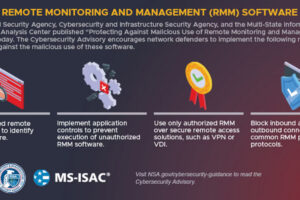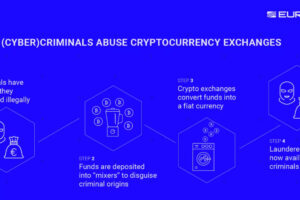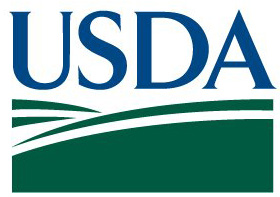IRC warns damaged infrastructure is hampering critical aid supply to catastrophic disaster as it launches emergency response

As the full scale of the disaster in Syria and Turkey following the 7.8 magnitude earthquake becomes apparent, the International Rescue Committee (IRC) is warning of catastrophic humanitarian needs in both countries. Unfettered humanitarian access to those affected is now absolutely critical. As humanitarian needs soar during freezing temperatures, in both Turkey and Syria, the IRC is launching an integrated response to affected populations in both countries.
Tanya Evans, Syria Country Director for IRC said:
“The scale of the disaster is catastrophic. We are still in the first 36 hours of one of the largest earthquakes to hit the region this century. Multiple earthquakes and aftershocks yesterday and today have damaged roads, border crossings, and critical infrastructure, severely hampering aid efforts.
“IRC’s main priority is finding safe spaces for our staff to operate from in Gaziantep and across northwest Syria. Many buildings have been severely damaged in the earthquake, including at least one of our field offices in northwest Syria. It is almost impossible to know the full extent of the disaster right now but everything we are hearing from our teams suggests it is truly devastating.
“Electricity across the affected area remains intermittent. In Turkey we have seen improvements since the earthquake but in northern Syria there are still so many areas off the grid. This also includes mobile and internet outages making the response and coordination even more difficult. It is not just electricity and phone lines affected. Gas supplies, for which many rely on to heat their homes, have also been severely impacted meaning that even if people are able to return to their homes they will have to endure freezing temperatures.
“With the response in its infancy the need for humanitarian aid is stark. Roads and infrastructure, like bridges, have been damaged meaning it will likely prove challenging to get supplies to those who need it most. Even before the earthquake, humanitarian access was constrained in northwest Syria, with most aid coming in via one crossing point with Turkey. In this time of increased need it is critical that the levels of aid crossing also increase at pace too.”
The IRC’s response to the earthquake will be in both Turkey and northern Syria, and will include the provision of immediate cash, basic items such as household kits, dignity kits for women and girls and hygiene supplies. Through partners, the IRC will support essential health services in earthquake-affected areas, and set up safe spaces for women and children affected by the crisis.
In light of the catastrophic humanitarian needs emerging, the IRC is calling on the international community to urgently increase critical funding to both Syria and Turkey to ensure that those affected by this emergency get the lifesaving support they need before it is too late.
[image: DENIZ TEKIN/EPA-EFE/Shutterstock]










